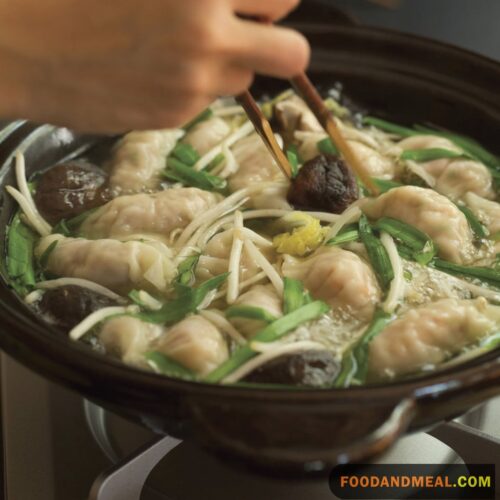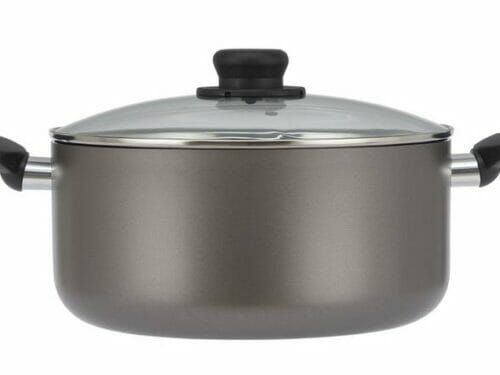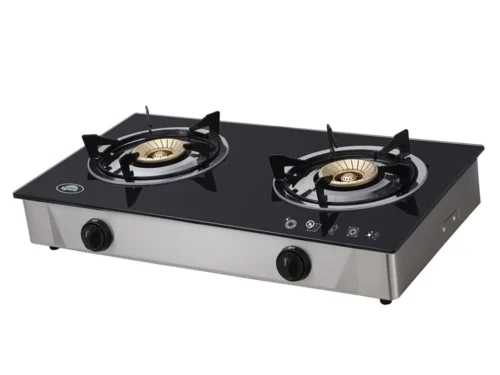
Japanese Gyoza Dumpling Hot Pot
Experience the authentic taste of Japan right in your kitchen with the Gyoza Dumpling Hot Pot. An exquisite blend of flavors and textures that's bound to be a hit at any dinner table. If this recipe warmed your heart, share the love! And remember, subscribing means never missing out on gourmet delights.
Print
Servings: 4 people
Calories: 402kcal
Cost: $30
Add to Collection
Ingredients
For boiling in soup:
- 12 dumplings
- 5 or 6 Napa cabbage leaves
- 1 handful bean sprouts
- 2 leeks
- 4 mushrooms, shiitake
To season before you eat
Instructions
- Cut up ingredients in bite size cubes. Place in hot pot.
- Pour the soup into the pot as well.
- Boil till veggies become soft.
- Add the dumplings. You can purchase frozen or chilled Gyoza dumplings at grocery stores. Boil for 10 more minutes.
- After dumplings are heated through completely, turn heat off.
- Add sesame oil and sprinkle on some sesame seeds.
- Provide diners with individual bowls and allow them to serve themselves.
Video
Notes
The secret to a delightful Gyoza Dumpling Hot Pot is in the broth. Ensure it simmers gently to allow the flavors to mingle.
The dumplings are stars here! Don't overcrowd the pot; give them space to cook uniformly.
Nutrition
Calories: 402kcal | Carbohydrates: 37g | Protein: 6g | Fat: 5g | Saturated Fat: 1g | Polyunsaturated Fat: 0.1g | Monounsaturated Fat: 0.02g | Cholesterol: 3mg | Sodium: 520mg | Potassium: 313mg | Fiber: 4g | Sugar: 8g | Vitamin A: 987IU | Vitamin C: 33mg | Calcium: 108mg | Iron: 2mg
© Food And Meal
This website provides approximate nutrition information for convenience and as a courtesy only. Nutrition data is gathered primarily from the Spoonacular Database, whenever available, or otherwise other online calculators.

